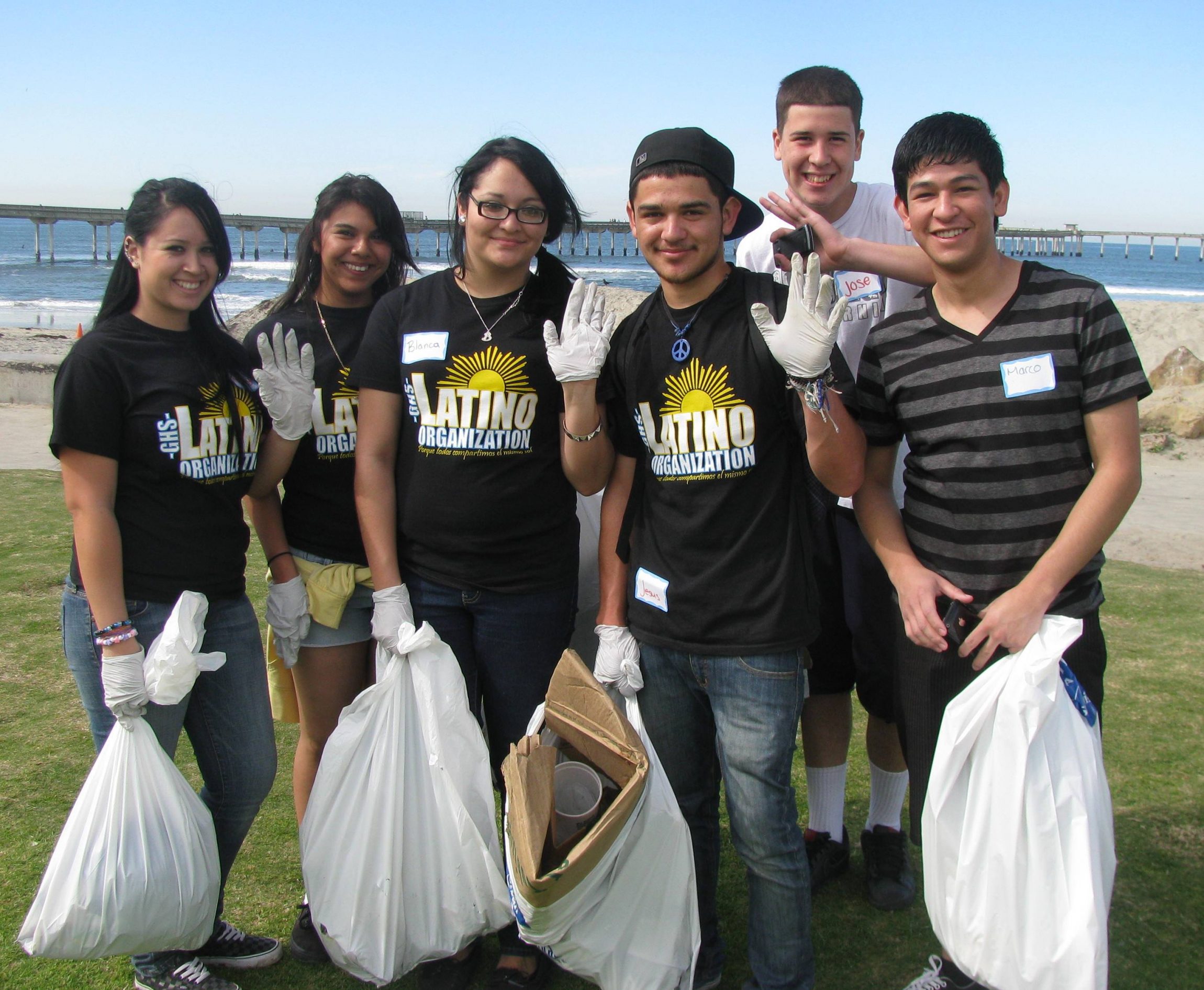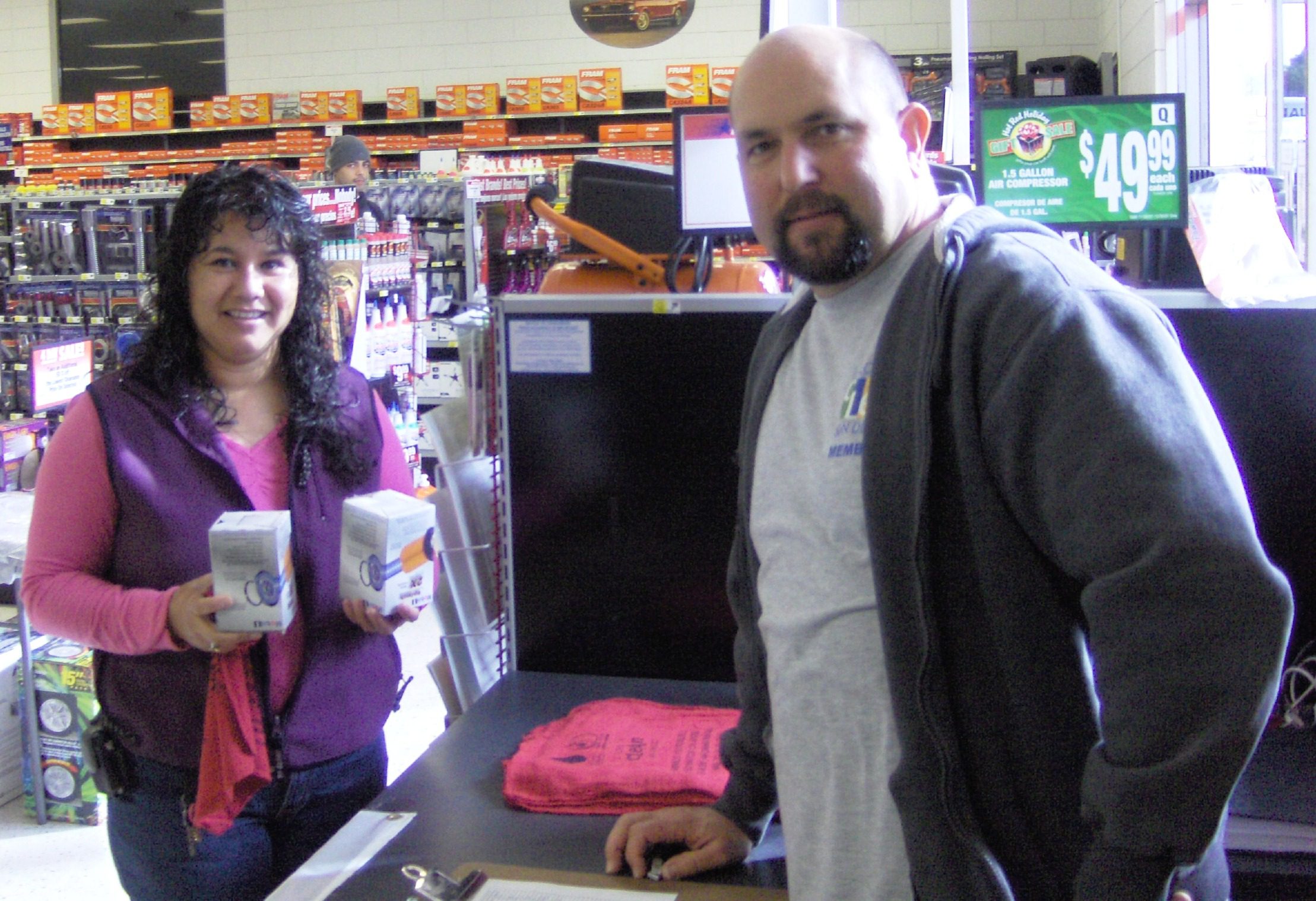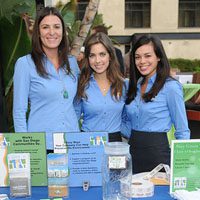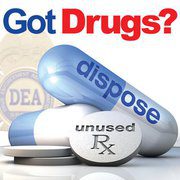For many years, Bob and Jan Rogers saw a need for beach cleanups and public awareness about clean water in their local community. Since 2004, the couple have been site captains at Beacon’s Beach for ILACSD’s annual Creek to Bay Cleanup and have even involved their family in the fun. “When we first started with the beach cleanup program, our sons were part of the volunteers cleaning the beach. They are now married and our son, Jesse, and his wife work as our bilingual co-captains. Our son, Randy, and his wife, Virginia, also help out as volunteers – they now have a daughter, Sierra, and she is also part of the beach cleanup crew.”
Because the family spends so much time together at Beacon’s Beach (and it’s Bob’s favorite surfing location!), they realize the importance of keeping the water clean and safe and value being a part of this volunteer effort every year.
One of the main goals of the Creek to Bay Cleanup is for residents to gain a sense of ownership of the local environment, especially by teaching the next generation of San Diegans the importance of keeping our community clean. Bob and Jan say, “It’s a great learning experience for the kids. A friend of ours brought her son to Beacon’s years ago and now wherever they go to the beach he picks up trash. They are the stewards of the environment.” The Rogers family also encourages all of the volunteers at their site to bring their own reusable supplies, like gloves and buckets, so that they aren’t producing more waste by using plastic bags and latex gloves at the cleanup.
All of us here want to thank Bob, Jan and the entire Rogers family for dedicating their time each year to cleaning their local beach and spreading awareness about the importance of keeping San Diego clean to their community!
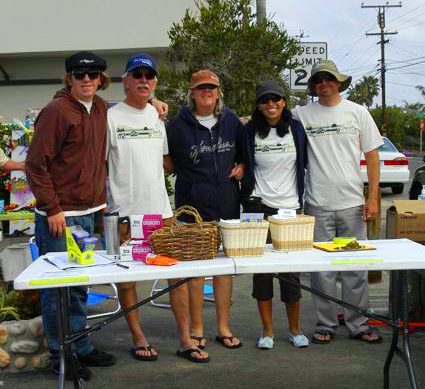
What motivated you both to volunteer with ILACSD?
We moved to Leucadia in ’96 and saw the need for beach cleanups and public awareness about clean water. We love the beach and feel we all have a responsibility to give back.
How long have you been volunteering with ILACSD?
In 1998 we organized our first beach cleanup at South Pontos. Surfriders sent us to Coastkeepers and from there we made contact with ILACSD. With each group we’ve met friends that share our interest in the environment.
How long have you been a site captains for Creek to Bay?
We have collected some of the posters from our beach cleanups. After checking the posters we figured we began around 2004.
Have you always been a captain at one particular site?
We captain Beacon’s Beach for Creek to Bay, South Pontos for “Day After the Mess” and back to Beacon’s Beach for the Sept. Coastkeeper International Beach cleanup.
Why is that site important to you?
This is our neighborhood beach. It attracts families so we get a lot of children at the cleanups. Bob also surfs Beacon’s.
What is your favorite part of participating in the Creek to Bay cleanup?
The returning people that come back year after year and the kids.
Why do you think cleanups like Creek to Bay are important to keeping San Diego healthy and clean?
It’s a vehicle for getting the word out about keeping beaches and our waterways clean. It’s a great learning experience for the kids. A friend of mine brought her son to Beacon’s years ago and now wherever they go to the beach he picks up trash. They are the stewards of the environment. It’s a great event.
What is the strangest piece of trash you’ve found at a Creek to Bay Cleanup?
Led Zepplin album and a jar of pickles (?). In the future, it would be nice to see no balloons, cigarettes and plastic trash bags. Also, volunteers bringing their own supplies to cut down on the debris we generate.
We love doing this. It is so rewarding.
Registration for ILACSD’s annual Creek to Bay Cleanup is now open at www.creektobay.org. Out of the 86 cleanup sites around San Diego county, there’s bound to be one near you! Join us on Saturday morning, April 28th to be a steward of the environment and do more with your morning.





